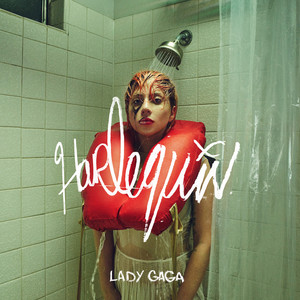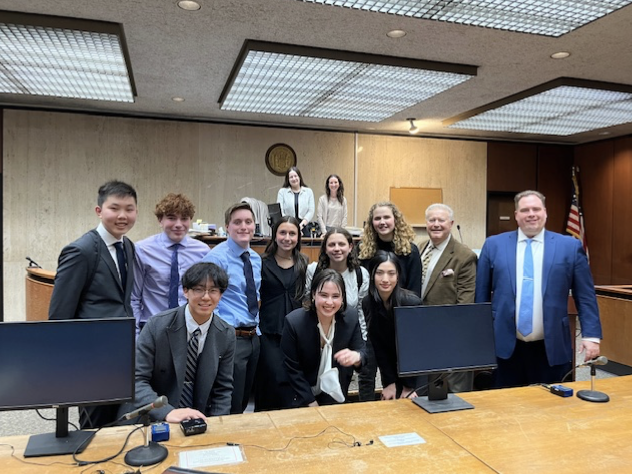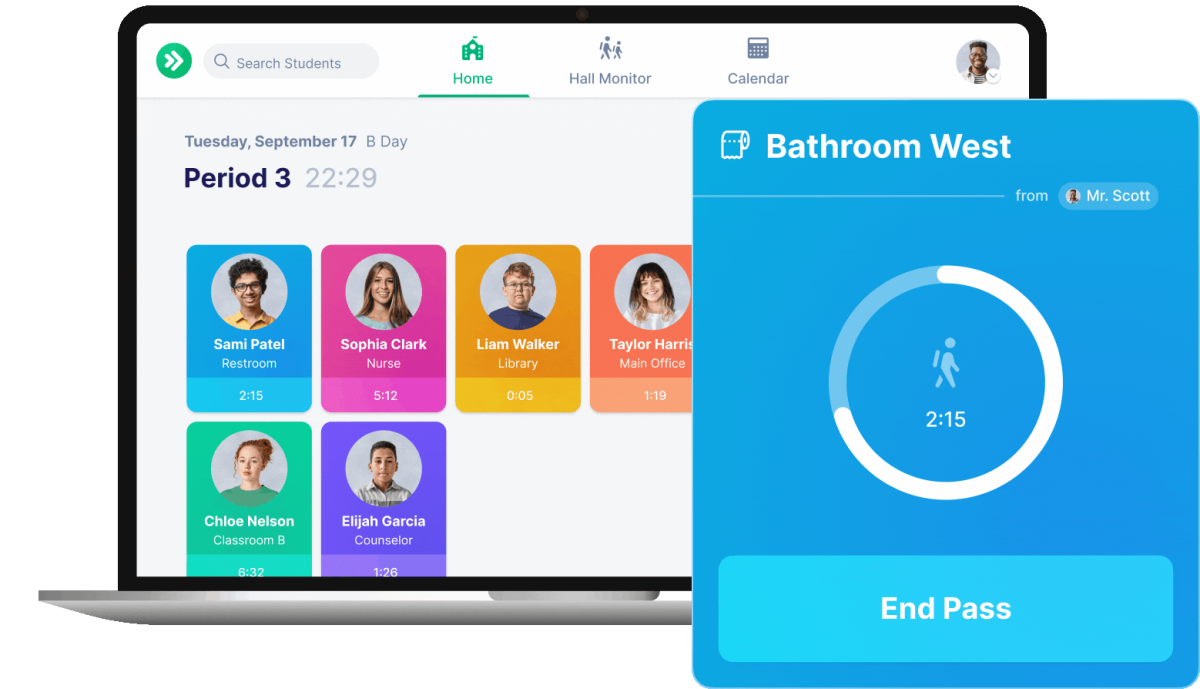Many students of James Caldwell High School are familiar with the social media website Twitter; they use it for many functions, from tweets about current events to the most mundane statements about their perennial craving for Chipotle. However, most Twitter users, including those at James Caldwell High School, are not aware of the economic aspect behind their favorite way to stay in touch with the world in 140 characters or less.
In September 2013, Twitter announced that it would be applying for initial public offering. An initial public offering, commonly referred to as an IPO, is when a company launches itself on the stock market, making stocks available for purchase to the general public. By undergoing this process, Twitter went from being a private company to a public company. For its debut on the stock market, Twitter aimed to raise $1 billion. With over 500 million active users tweeting a collective average of 58 million times a day, Twitter deemed this to be a reasonable goal, even though the company has never turned a profit to date. On September 15, Twitter announced that they would be listed on the New York Stock Exchange, as opposed to the NASDAQ exchange, which infamously had major issues on the day of Facebook’s IPO. On November 6, the day before its launch on the stock market, Twitter had 70 million shares available, priced at $26 each.
On November 7, 2013, the opening bell rang as usual at the New York Stock Exchange at 9:30 AM. This day, however, was special because it was the date of Twitter’s debut as a public company. During the first few hours, the stock value increased exponentially, until it reached its peak value of $48.49 at 3 PM. At 4:00 PM, the ring of the bell announced the closing of the New York Stock Exchange. At that time, the shares had reached a value of $44.90, projecting the company’s value at around $31 billion. On that first day, the company raised $1.8 billion, selling all of its 70 million stocks. In the days since, the stock prices have hovered around $42, a price much still higher than the initial value per unit.
Seven and a half years after its founding in March 2006 in San Francisco, California, Twitter has finally broadened its audience, adding economists and business enthusiasts to its pre-existing mass of social butterflies, encompassing world leaders, celebrities, businesses small and large, as well as millions of regular people simply wishing to join the conversation. The main purpose of the company’s entrance into the stock market was to create new sources of revenue, which has been a struggle for the company. Now that Twitter has a relatively new and somewhat sustainable source of income, the company’s next innovatory move is now awaited by millions.





























